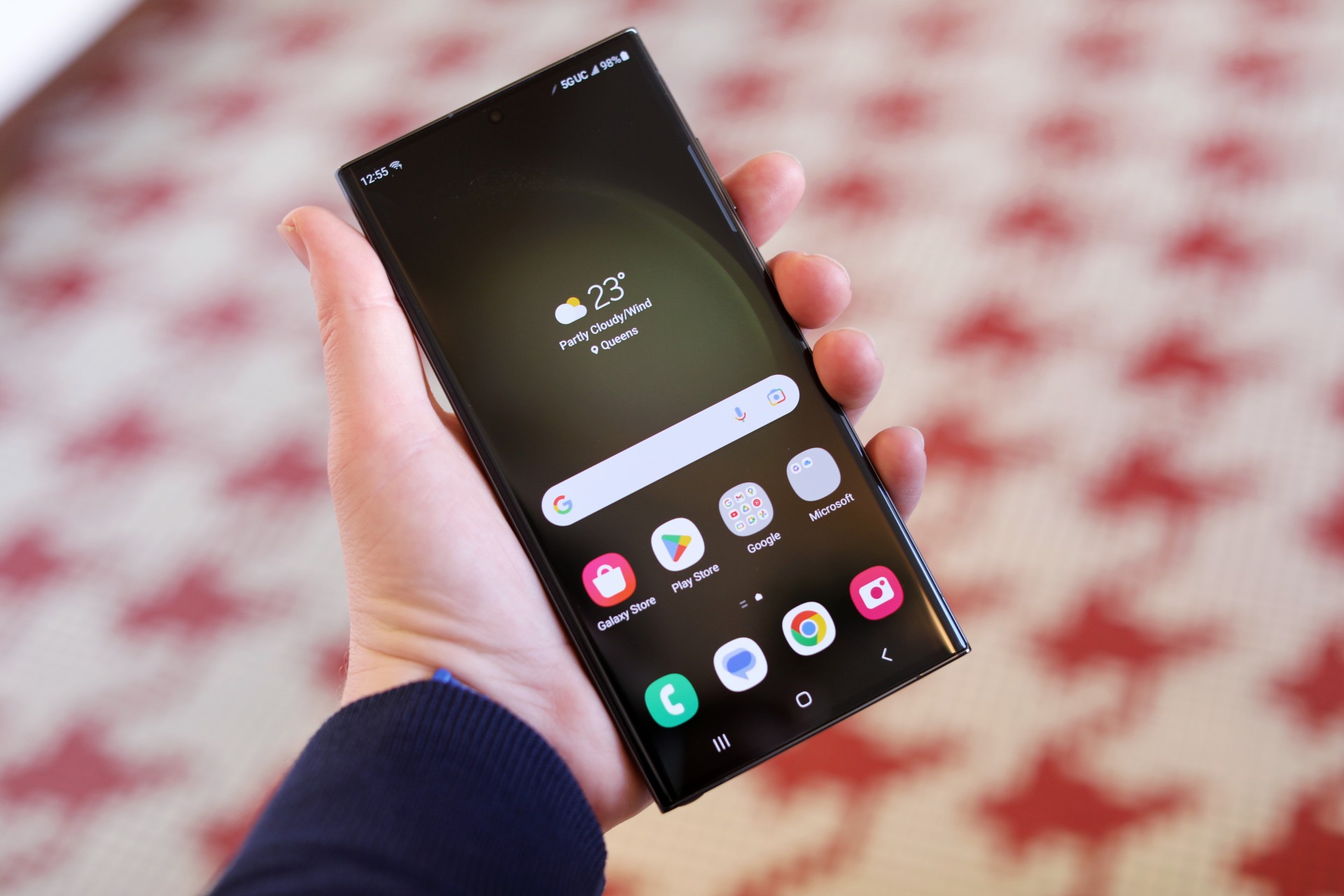
A sophisticated Android surveillance tool, dubbed "Landfall," has been uncovered, revealing a covert, year-long hacking operation that specifically targeted Samsung Galaxy smartphones by leveraging a previously unknown security vulnerability. Researchers from Palo Alto Networks’ Unit 42 brought to light the existence of this potent spyware, detailing its capabilities and the calculated nature of its deployment against high-value individuals, primarily across the Middle East.
The Anatomy of a Zero-Day Threat
At the heart of the "Landfall" operation lay a critical zero-day vulnerability within Samsung’s Galaxy phone software, designated CVE-2025-21042. A zero-day exploit refers to a cybersecurity flaw that is unknown to the software vendor—in this case, Samsung—and therefore unpatched, making it exceptionally dangerous. Attackers can exploit such vulnerabilities before the developer has a chance to create and distribute a fix, granting them a significant window of opportunity to compromise systems undetected. The scarcity and potency of zero-days make them highly prized assets in the realm of cyber espionage and criminal activity, often fetching substantial prices on clandestine markets. In this instance, the flaw allowed for remote code execution, a highly sought-after capability for attackers, as it often permits them to take complete control of a device.
Unit 42’s analysis indicates that the exploit could be triggered by merely sending a specially crafted image file to a victim’s phone, likely via a popular messaging application. Crucially, the attack’s design may have circumvented the need for any direct interaction from the recipient, making it an insidious "zero-click" vulnerability. This type of exploit is particularly alarming because it requires no user action, such as clicking a malicious link or downloading an infected attachment, thereby dramatically reducing the victim’s ability to detect or prevent the compromise. The discovery by Unit 42 in July 2024 marked the beginning of their investigation into a campaign that had been active for nearly twelve months, exploiting this critical security gap until Samsung released a patch in April 2025. The details of this specific spyware campaign, however, remained undisclosed to the public until this recent report.
The Proliferation of Commercial Spyware
The emergence of "Landfall" is set against a backdrop of a rapidly expanding and increasingly controversial global market for surveillance technology. Over the past decade, the development and sale of sophisticated spyware, often by private companies, has become a significant industry. These tools, originally marketed to governments for counter-terrorism and law enforcement purposes, have frequently been implicated in human rights abuses, deployed against journalists, political dissidents, human rights activists, and lawyers worldwide. Notorious examples, such as NSO Group’s Pegasus spyware, have highlighted the immense power these tools wield and the ethical dilemmas they pose.
The commercial spyware sector operates in a largely unregulated environment, fostering a landscape where advanced digital weaponry can be acquired and deployed by a range of state and non-state actors. This trend has led to an ongoing digital arms race, with cybersecurity researchers and device manufacturers constantly striving to identify and neutralize threats, while threat actors persistently seek new vulnerabilities to exploit. The "Landfall" spyware embodies this dynamic, representing a bespoke, high-end surveillance solution likely developed by a specialized vendor for a specific client, rather than a mass-market malware product.
Geographic Focus and Attribution Challenges
While the precise identity of the surveillance vendor behind "Landfall" and the total number of individuals targeted remain unconfirmed, Unit 42’s research strongly suggests a geographic focus on the Middle East. Spyware samples linked to the campaign were uploaded to VirusTotal, a collaborative malware analysis platform, from various locations including Morocco, Iran, Iraq, and Turkey throughout 2024 and early 2025. This geographical distribution of sample submissions indicates that individuals within these nations were likely among the targets of the Landfall operation. Further corroborating this assessment, Turkey’s national cyber readiness team, USOM, had independently flagged one of the command-and-control (C2) IP addresses associated with the Landfall spyware as malicious, lending additional weight to the hypothesis that Turkish citizens were indeed targeted.
Attributing cyberattacks, particularly those involving state-sponsored espionage, is an inherently complex endeavor. Threat actors often employ sophisticated techniques to obscure their origins, including using infrastructure in multiple countries, employing proxy servers, and even intentionally planting "false flags" to mislead investigators. In the case of Landfall, Unit 42 identified an intriguing connection: the spyware shared overlapping digital infrastructure with a known surveillance vendor referred to as "Stealth Falcon." Stealth Falcon has a documented history of involvement in spyware attacks stretching back to 2012, specifically targeting Emirati journalists, activists, and dissidents. While this link is compelling and suggests a potential relationship between Landfall’s operators and the Stealth Falcon entity, the researchers cautiously noted that it was insufficient to definitively attribute the attacks to a particular government customer. Overlapping infrastructure could imply anything from a direct operational link, to shared hosting providers, or even the sale of tools or services between different threat groups.
Operational Capabilities and Targeted Devices
The "Landfall" spyware exhibits a comprehensive suite of surveillance capabilities, typical of advanced governmental-grade tools. Once successfully installed on a victim’s device, it grants its operators extensive access to personal data and real-time monitoring functions. This includes the ability to exfiltrate sensitive information such as photographs, text messages, contact lists, and call logs. Beyond static data extraction, Landfall is also capable of actively tapping into the device’s microphone, effectively turning the smartphone into a covert listening device. Furthermore, it can track the victim’s precise geographical location, providing a continuous stream of their movements. Such pervasive access can severely compromise an individual’s privacy and security, making them vulnerable to blackmail, harassment, or even physical harm.
The source code analysis performed by Unit 42 revealed explicit references to five specific Samsung Galaxy phone models as primary targets: the Galaxy S22, S23, S24, and certain Z-series foldable phones. These models represent Samsung’s flagship devices, indicating that the attackers were likely aiming for high-value targets who typically possess the latest technology. The underlying vulnerability was found to affect a broad range of Android versions, specifically Android 13 through 15, encompassing a significant portion of active Samsung Galaxy devices at the time of the campaign. This broad compatibility across different Android iterations underscores the severity and potential reach of the zero-day exploit before it was mitigated.
The Broader Implications: Digital Rights and Corporate Responsibility
The discovery of "Landfall" carries significant implications for digital security, individual privacy, and the broader human rights landscape. For Samsung, a global leader in smartphone manufacturing, such an incident can erode user trust and potentially damage its brand reputation, despite the company’s eventual patch. It underscores the constant challenge faced by technology giants in safeguarding their platforms against highly sophisticated and well-resourced adversaries.
More critically, for the individuals targeted, the implications are profound. In regions where freedom of speech and political dissent are often suppressed, the deployment of such powerful surveillance tools can have a chilling effect, intimidating activists, journalists, and human rights defenders into silence. The ability of state actors to clandestinely monitor communications and movements can severely undermine democratic processes and fundamental human rights, including the right to privacy and freedom of expression. This incident further fuels the ongoing international debate regarding the need for stricter regulation and oversight of the commercial spyware industry to prevent its misuse.
While Samsung patched the vulnerability (CVE-2025-21042) in April 2025, the "Landfall" campaign serves as a stark reminder of the persistent and evolving threat landscape in cybersecurity. Users are consistently advised to keep their device software updated to the latest versions, as these updates often contain crucial security patches that address newly discovered vulnerabilities. However, the nature of zero-day exploits means that even the most diligent users can be vulnerable for a period until a fix is developed and deployed. This places immense pressure on device manufacturers and security researchers to proactively identify and mitigate these threats.
Samsung has not publicly commented on the "Landfall" report or the specifics of the exploited zero-day vulnerability. This lack of public acknowledgement, while not uncommon in the immediate aftermath of such disclosures, leaves questions regarding the full scope of the campaign and Samsung’s internal response to the incident. As the digital realm continues to intertwine with political and social spheres, the fight against sophisticated cyber espionage operations like "Landfall" remains a critical and ongoing challenge for individuals, corporations, and governments worldwide.




